detail profile bahman farmanara
Peran Yang Di Mainkan Bahman Farmanara
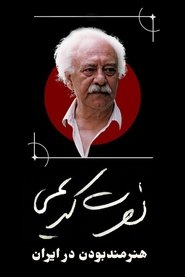 This documentary series spanning six featurelength...
This documentary series spanning six featurelength...Nosrat Karimi, Being an Artist in Iran 2024
This documentary series, spanning six feature-length films, explores the life and artistic journey of Nosratollah Karimi — an Iranian actor of theater and cinema, director, writer, sculptor, university professor, and gardener.
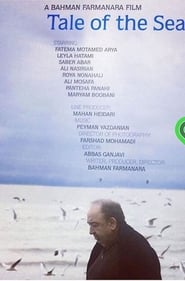 Taher Mohebi is a wellknown writer...
Taher Mohebi is a wellknown writer...Tale of the Sea 2018
Taher Mohebi is a well-known writer who, after witnessing a violent murder, breaks down and spends three years in a mental institution. After release he is told that things are just as they were before, but his relentless hallucinations make him want to return to the institution.
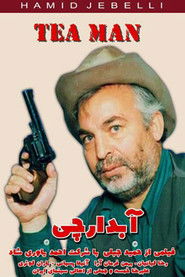 This film is about the interest...
This film is about the interest...Tea Man 2011
This film is about the interest of a person named Ahmed in cinema. Ahmed has been very interested in cinema since his childhood. He started working in cinema as a teenager because of his interest. Ahmed is currently a famous tea man in Iranian cinema.
 Persian Carpet is an omnibus film...
Persian Carpet is an omnibus film...Persian Carpet 2007
Persian Carpet is an omnibus film produced by Iran's National Carpet Center and Farabi Cinema Foundation where 15 renowned Iranian directors contributed films on the subject of Persian carpet. Carpets are the reflection of the cultural and historical identity of Iran.
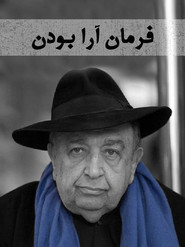 This documentary looks at different aspects...
This documentary looks at different aspects...Being Farmanara 2006
This documentary looks at different aspects of the life of Bahman Farmanara, the well known Iranian film director and producer.
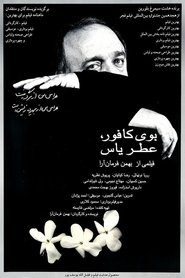 Death surrounds Bahman a director who...
Death surrounds Bahman a director who...Smell of Camphor, Fragrance of Jasmine 2000
Death surrounds Bahman, a director who hasn't made a film in 24 years (he can't get past the censors). He's working on a documentary, for Japanese TV, on Iranian burial practices. On the anniversary of his wife's death, a hitchhiker tells him a story of spousal abuse and infant mortality, he discovers that someone has been buried in his plot next to his wife, and he needs the help of his attorney, a well-connected fixer. He dreams of death, even as he investigates it for his film. His niece's husband, a well-known writer, fails to return home; he searches hospitals for an unclaimed body. His heart disease is flaring up. Is he prepared for death? Is that all that's left?
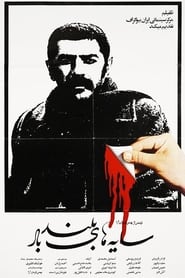 Based on a short story by...
Based on a short story by...Tall Shadows of the Wind 1979
Based on a short story by Houshang Golshiri, this film centers on mysterious and chilling events that take place in a village. A group of superstitious inhabitants have erected a scarecrow for protection but soon find themselves terrorized by it. Made at the end of the Shah’s reign, the film offers a metaphorical reflection on power relations — how people create their own idols who turn around to terrorize them.
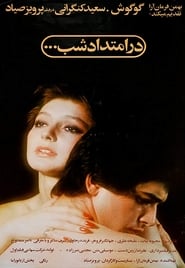 Parvaneh a famous singer and movie...
Parvaneh a famous singer and movie...Along the Night 1978
Parvaneh, a famous singer and movie star, has an affair with a married man. A student named Baabak, who suffers from leukaemia, falls in love with Parvaneh. They have a good time together for a while, until she hears about Baabak's disease and decides to send him abroad for medical treatment.
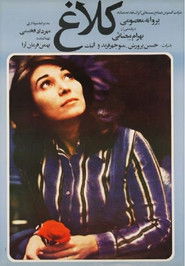 When Mr Esalat is looking for...
When Mr Esalat is looking for...The Raven 1977
When Mr. Esalat is looking for a topic for his TV show, he notices an advertisement in the newspaper about a missing girl. The picture of the missing girl is very familiar to him and he tries to remember where he saw it before. His wife Asieh is a teacher and at home she writes his mother's diary. When he searches for the address in that advertisement, he finds that it belongs to 30 years ago. Asieh is becoming interested in the missing girl too.
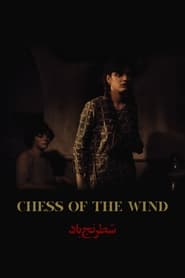 The first lady of a noble...
The first lady of a noble...Chess of the Wind 1976
The first lady of a noble house has died and now there is conflict between the remainders for taking over her heritage.
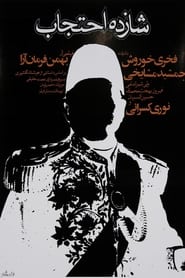 Prince Ehtejab one of the last...
Prince Ehtejab one of the last...Prince Ehtejab 1975
Prince Ehtejab, one of the last remaining heirs of the Qajar royal family, is suffering from tuberculosis, which he knows is fatal. He spends his last days alone in the magnificent rooms of his wintry palace, from where he recollects the glory days of his ancestors as well as days of degradation. Among the latter are the gruesome manner in which his cruel grandfather murdered his mother and brother, and the way that he himself caused the death of his wife.
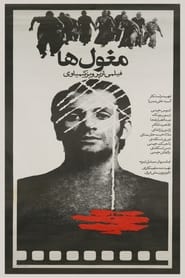 A director of a television series...
A director of a television series...The Mongols 1973
A director of a television series on the history of cinema, who has been grappling with the screenplay of his first feature film, receives an assignment to oversee the installation of a television relay station in a remote region of Zahedan province. He has already hired Turkmen tribespeople for his film and selected his filming location. Meanwhile his wife, who is working on her Ph.D. dissertation about the Mongol invasion of Iran, attempts to dissuade him from accepting the assignment. One night, while working on his history of the cinema series, the director fantasizes a diegetic world that consists of clever juxtapositions of his different worlds: the history of cinema, the history of the mongol invasion, his own film idea and his imminent assignment to the desert.
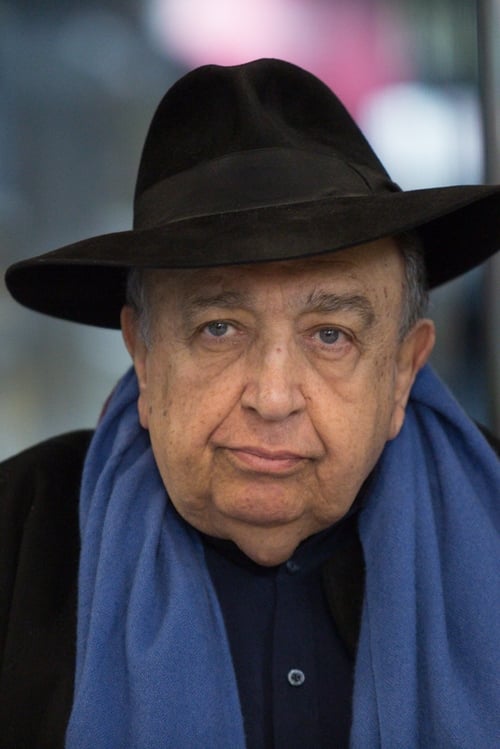
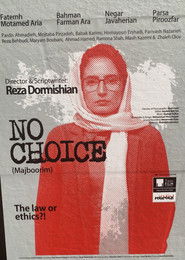 A young homeless girl supports herself...
A young homeless girl supports herself...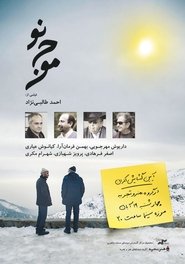 A Documentary about the New Wave...
A Documentary about the New Wave...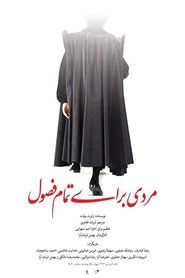 Directed by Bahman Farman Ara
Directed by Bahman Farman Ara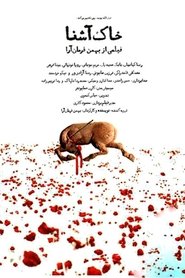 An artists life who lives in...
An artists life who lives in...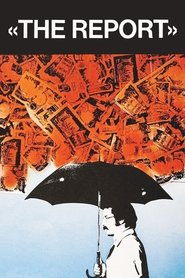 A tax collector is accused of...
A tax collector is accused of...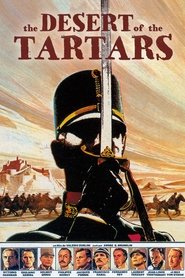 Lieutenant Giovanni Drogo is assigned to...
Lieutenant Giovanni Drogo is assigned to...